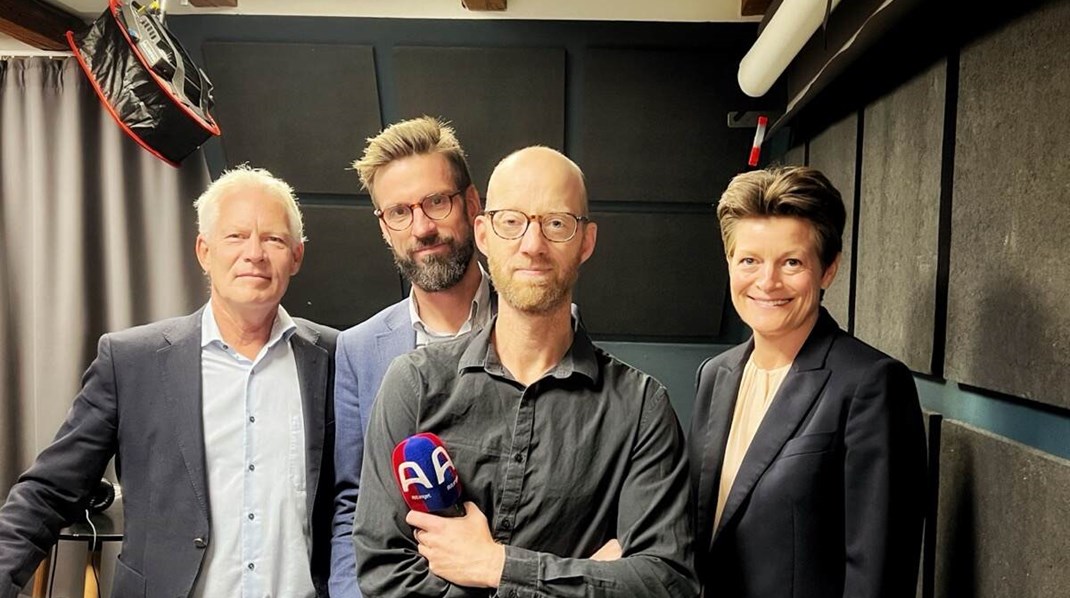IBM-direktør: Derfor har USA ikke råd til sundhed

DEBAT: Der skal bruges flere penge på forebyggelse og konsultation, hvis USA skal have bedre og billigere sundhedspleje. Blandt andet ved hjælp af sundhedsdata, skriver Paul Grundy, global direktør for Health Care Transformation i IBM.
Af Paul Grundy
Global direktør for Health Care Transformation i IBM
Patient Centered Primary Care is an effort to address the high cost / low value situation we find ourselves in as large employer buyers of care.
Studies show that when primary care physicians use the tools to practice comprehensive care, centered on the individual patient’s needs, we can afford healthcare. Let's call that Patient Centered Primary Care (PCPC).
So why can we not afford healthcare anymore?
We, the buyers, are part of the problem because we do not demand systems of payment and practice organization that actually encourage and enable comprehensive, patient-focused primary care and prevention.
Simply, not enough money is put into the health information systems, which are absolutely essential to the delivery of comprehensive, preventative and cost-effective healthcare. The reason for this is that current payment methods richly reward medical procedures while at the same time discourage spending time consulting with patients taking medical history, doing physical examination, diagnosing, planning and prevention.
Why it is so hard
When one compares the U.S. healthcare system with those of other industrialized countries, there are two major problems in U.S. healthcare:
1) We fail to deliver comprehensive primary care and 2) The way primary care is financed.
Our premise should be that primary care is the only natural place of control of healthcare quality and costs. It is the only entity that is charged with the longitudinal care of the patient, and it is the only entity trusted to consider the health of the whole patient as a person.
As large employers, our national focus on disease management programs is a good example of the failure of our efforts to improve healthcare. If stand-alone disease management programs are considered necessary today, it is because primary care is not doing its job.
From a primary care perspective, the treatment of chronic conditions, such as diabetes, congestive heart failure, and asthma, with the right tools is basic and straightforward. The care of these conditions is simply not that difficult. Moreover, stand-alone disease management programs just present a Band-Aid approach to problem solving, which have in fact created additional, expensive, fragmented responses to the primary problem.
The healthcare industry and we as buyers seem much more willing to create complicated responses to our problems than we are to fix the core problems of our delivery system. Again, disease management is a perfect example. We are much more willing to "pay any price” for that episodic specialized care, which for example provides for a Diabetic amputation of a limb, but we are unwilling to acknowledge that the reason for the amputation was our disregard for prevention and primary care.
More healthcare for less money
While I would not argue that primary care should be all things to all people, it should be designed to achieve much higher performance than it achieves currently. Such a redesign of primary care is possible today. Hospital care and specialty care are crucial of course, but their use is all too often the result of multiple failures of upstream care.
For the first time in history, we have both the knowledge and the capabilities to force together substantial change. We know what to do. We know how to make the system better. Our strength lies in the fact that the primary care physicians want to help us take this on at the micro primary care practice level in exchange for payment reform at the Macro level.
So how do we as large employers in USA join the ranks of other systems – like e.g. Denmark’s, which have driven as much as 60 percent of the inefficiencies out of the system?
Demand of ourselves and our healthcare benefit companies:
Comprehensive, continuous, patient-centered, personal and holistic primary care, which is based on strong relationships between patients and their physician. This is foundational to good health. Practice and payment reform are the prescriptions for achieving it.

 Konsulent: Sundhedsteknologi sikrer væksten
Konsulent: Sundhedsteknologi sikrer væksten
